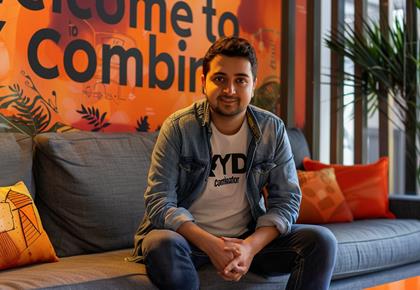Part of the series:
Y Combinator: 40 Questions and 40 Answers
Y Combinator: 40 Questions and 40 Answers
1. Why Y Combinator Asks This Question
Investors want to back ventures that are tackling solvable problems. This question helps them gauge whether the founders have a realistic grasp of the problem’s scope and complexities and whether their proposed solution is viable.This questions determins if the startup has thought through the necessary steps and resources needed to achieve their goals, and if they understand the timeline and potential obstacles they might face.
2. How to Answer the Question
To answer this question effectively, you should discuss the specific aspects of the problem that are solvable and the strategies or technologies you will employ to address them.Explain any preliminary research, expert consultations, or testing that supports the viability of your solution. It’s also helpful to acknowledge any aspects of the problem that might be challenging to solve and outline your approach to overcoming these challenges.
For example, if your startup is working on a new drug to treat a chronic illness, you might mention successful preclinical trials that indicate the drug’s efficacy, alongside a roadmap for clinical trials and regulatory approval.
3. How NOT to Answer the Question
Avoid giving overly optimistic or naive responses that fail to acknowledge the complexity of the problem.Do not claim that every aspect of the problem can be solved immediately or without significant research and development. Demonstrate an understanding of the potential hurdles and a thoughtful approach to tackling them.
4. An Example, Based on a Tech Startup
Consider a tech startup, ClearWater Tech, that aims to provide affordable clean water solutions in arid regions. Here’s how they might respond:- Solution Viability: "We’ve developed a new solar-powered desalination device that is specifically designed for small coastal communities. Our prototype has successfully produced potable water under laboratory conditions, and we are now preparing for field trials in arid regions."
- Addressing Challenges: "While deploying new technology in remote areas presents logistical challenges, we are collaborating with local governments and international NGOs to facilitate installation and maintenance. We’re continuously improving our technology to increase its efficiency and reduce costs, making it a feasible solution for our target regions."
Y Combinator probes whether startups truly understand and can realistically tackle the challenges they aim to solve, ensuring their solutions are grounded and actionable.


